Exploring China’s Minority Cultures: Festivals and Traditions of the Miao, Tibetan, and More

China is a land of incredible China cultural diversity, where over 1.4 billion people from 56 recognized Chinese ethnic groups weave a tapestry of traditions that span millennia. While the Han majority shapes much of the nation’s narrative, it’s the vibrant China minority cultures that add layers of color, rhythm, and spirituality to the experience. From the misty mountains of Guizhou to the high plateaus of Tibet, these groups preserve ancient customs through festivals and rituals that invite travelers to immerse themselves in authentic encounters. At jusha.travel, we’re passionate about uncovering these hidden gems to help you plan a trip that goes beyond the usual sights. Whether you’re drawn to the lively dances of the Miao or the serene pilgrimages of the Tibetan people, exploring Tibetan culture travel and Miao festivals China offers a profound way to connect with the soul of this diverse nation.
Discovering the Rich Tapestry of China’s Ethnic Groups
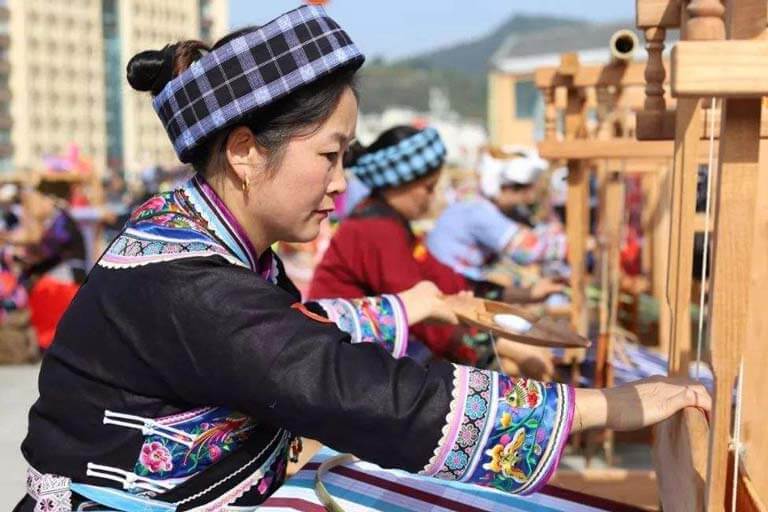
China officially recognizes 56 ethnic groups, with the Han comprising over 90% of the population. The remaining 55 minorities, including the Miao, Tibetan, Yi, Dong, and Zhuang, each bring unique languages, cuisines, and artistic expressions to the forefront. These Chinese ethnic groups have thrived in regions like Southwest China, where geography has fostered isolated yet resilient communities. For instance, the Miao people, numbering over 9 million, are scattered across Guizhou, Hunan, and Yunnan provinces, while Tibetans call the vast Tibetan Plateau home.
Traveling through these areas reveals China cultural diversity in everyday life—from intricate silver jewelry adorning Miao women to the prayer flags fluttering in Tibetan winds. Visiting during festivals amplifies the experience, as communities come alive with music, dance, and feasting. If you’re planning a budget-friendly adventure, check out our guide on the Cost of Traveling to China: A Family Budget Guide for tips on making these cultural immersions affordable.
Practical tip: Respect local customs by seeking permission before photographing rituals, and consider hiring local guides who speak minority dialects for deeper insights. These encounters not only enrich your journey but also support sustainable tourism in underrepresented areas.
Vibrant Miao Festivals: A Celebration of Heritage and Harmony
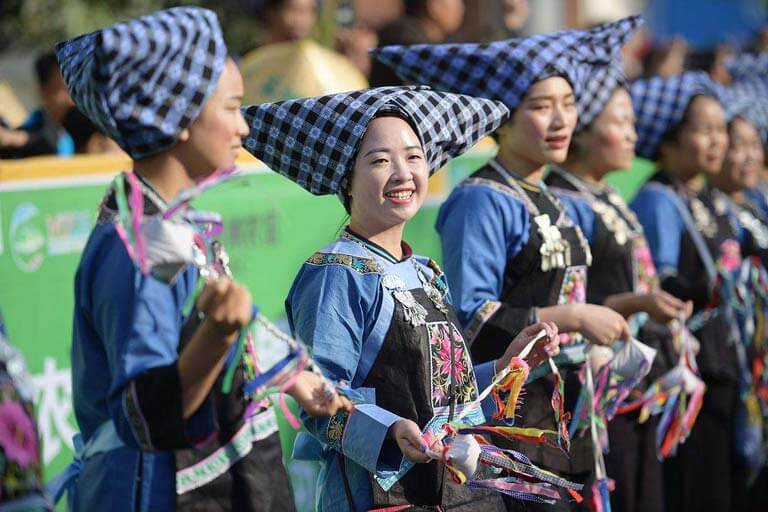
The Miao, one of China’s most colorful China minority cultures, are famed for their embroidered textiles, silver headdresses, and reed-pipe music. Their festivals, deeply rooted in agrarian cycles and ancestral worship, showcase a blend of joy and reverence. Guizhou Province, home to the largest Miao population, is the ideal starting point for Miao festivals China enthusiasts.
One of the most romantic events is the Sisters’ Meal Festival in mid-April (lunar calendar March 15–17). Young Miao women prepare colorful sticky rice tubes, sometimes hiding symbolic tokens inside, to offer to potential suitors. The air fills with flirtatious “Duige” singing duels, parades in ornate silver costumes, and lively folk dances accompanied by the lusheng instrument. It’s a courtship celebration wrapped in prayers for prosperity—for more on Miao traditions, explore this detailed overview.
Another highlight is the Lusheng Festival, held variably throughout the year. Communities gather for circle dances, ancestor veneration led by elders, and competitions in music and attire. Lasting up to five days, it honors harvests and strengthens village bonds. For a deeper dive, the Huashan (Flower Mountain) Festival in early May features flower-adorned poles symbolizing fertility, followed by wrestling and singing contests. Recognized as national intangible heritage, it’s a feast for the senses—imagine the spicy sour fish soup served amid the festivities!
- Miao New Year (late October–mid November): Parades, banquets, and athletic games mark the harvest’s end.
- Ku-Tibetan (Kuzang) Festival (spring/autumn): A grand ancestor-worship event with cattle sacrifices every 13 years, fostering inter-village alliances.
- Miao Dragon Boat Festival (May 24–27): Riverside races and music that echo ethnic pride.
Travelers can join these by basing in Kaili, Guizhou, where homestays offer authentic stays. Fun fact: Miao embroidery techniques, passed down through generations, incorporate over 100 stitches, blending nature motifs with spiritual symbols. If you’re collecting mementos, our post on Top 5 Souvenirs to Buy in China for Unique Memories includes tips on sourcing ethical crafts like these.
Tibetan Culture Travel: Spiritual Depth on the Roof of the World
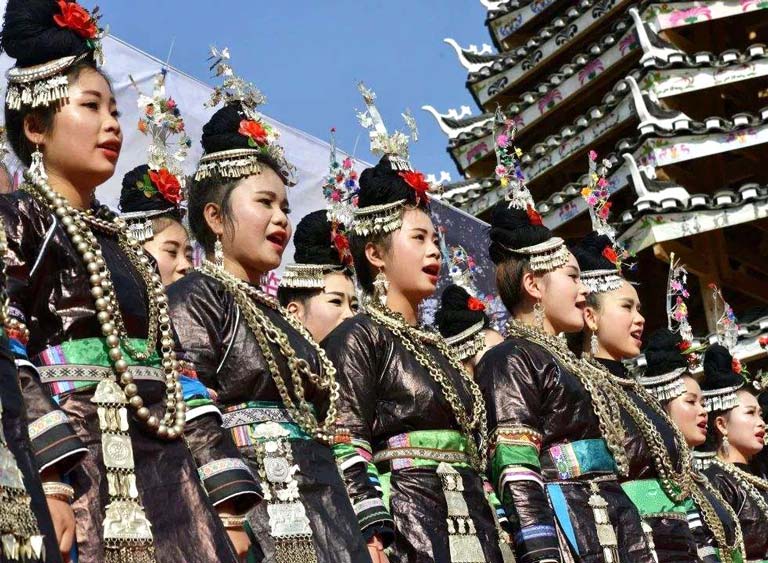
Venturing into Tibetan culture travel feels like stepping into a realm where spirituality permeates every mountain pass and monastery. The Tibetan people, with their deep ties to Buddhism, celebrate festivals that blend religious rituals with communal joy across the autonomous region and neighboring provinces like Qinghai and Sichuan.
Losar, the Tibetan New Year (usually February–March), kicks off with family feasts of tsampa (roasted barley flour) and butter tea, followed by horse races and offerings at monasteries. It’s a time of renewal, where homes are cleaned to ward off misfortune. In Lhasa, the Shoton Festival (Yogurt Festival) in summer unveils massive Buddha thangkas on hillsides, accompanied by Tibetan opera performances and yogurt picnics— a nod to monks ending their meditation retreats.
For pilgrims, Saga Dawa (April–June) commemorates Buddha’s key life events with circumambulations around sacred sites like the Jokhang Temple. Expect throngs of devotees spinning prayer wheels and lighting butter lamps. Other gems include the Bathing Festival in August for ritual cleansings in rivers, and Lhabab Duchen in autumn, honoring Buddha’s descent with incense-filled monastery ceremonies.
Tibetan dress shines during these—vibrant chubas (robes) and turquoise jewelry—and cuisine features hearty staples like momos (dumplings) and thukpa (noodle soup). When traveling, acclimatize to high altitudes and respect monastic etiquette, such as walking clockwise around stupas. For adventure seekers, pair this with cycling routes in our article Cycling Through China: Best Routes for Two-Wheeled Adventures, which touches on Tibetan trails.
Insight: These festivals preserve oral histories and Cham dances, sacred performances that reenact myths, ensuring cultural continuity amid modernization. Learn more about Tibetan customs via this Wikipedia entry.
Beyond Miao and Tibetan: Other Minority Traditions to Explore
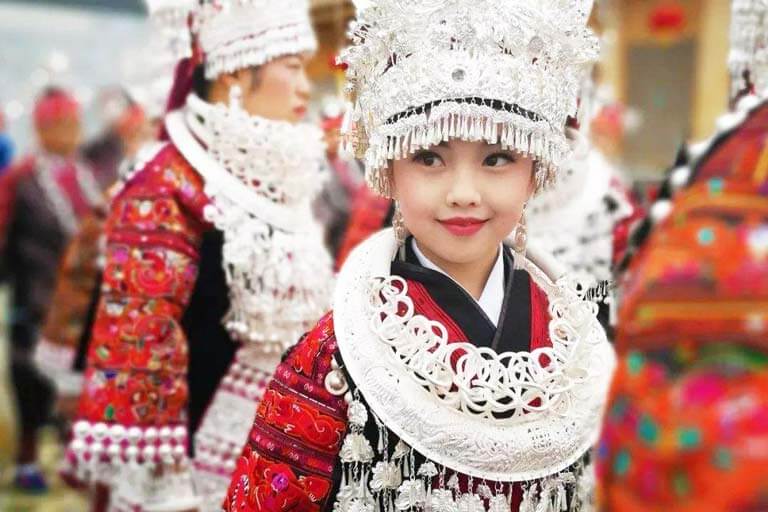
China’s China cultural diversity extends far beyond the Miao and Tibetan, with other groups offering equally captivating festivals. In Guizhou, the Dong people’s Dong New Year features the Kam Grand Choir’s polyphonic singing, a UNESCO-recognized harmony that echoes through drum towers. Their Firecrackers Festival celebrates harvests with explosive displays and matchmaking games.
The Yi in Yunnan host the Torch Festival in midsummer, lighting torches to banish evil while engaging in horse races, wrestling, and dances. Nearby, the Tujia perform the Baishou Dance, a hand-waving ritual expressing joy, and the Sheba Festival for ancestral spirits. Even the Shui and Bouyei add flavors—the Shui with water-splashing rites for good fortune, as seen in local imagery.
These events highlight how Chinese ethnic groups adapt traditions to modern life, incorporating technology like apps for festival schedules. For coastal cultural twists, read our piece on Discovering Shanwei’s Smart Fishing Tech and Coastal Cultural Tech, drawing parallels to minority innovations.
- Pro Tip: Time your visit with the National Ethnic Festivals Calendar for multi-group experiences in places like Kaili or Lijiang.
- Food Note: Try Dong sour fish or Yi roast pork—spicy, communal dishes that fuel the festivities. Our guide to Exploring Hong Kong Sai Kung Seafood Restaurants for Coastal Dining offers similar dining inspiration.
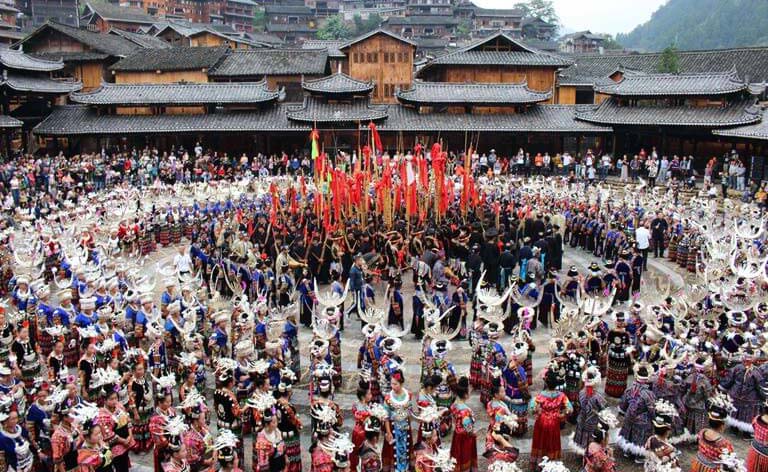
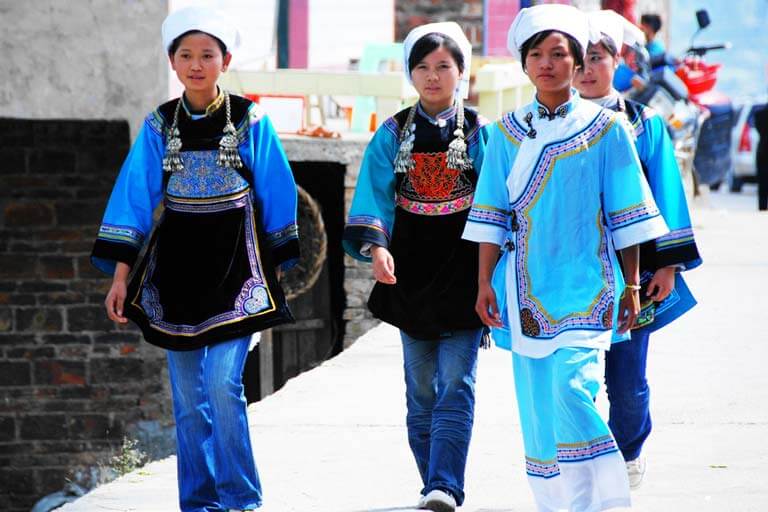
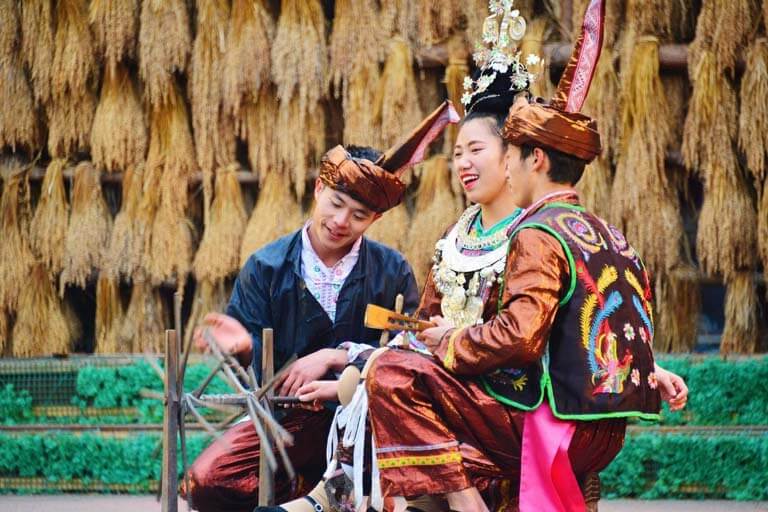
Embracing the Future of China’s Minority Heritage
Diving into China minority cultures through festivals like those of the Miao and Tibetan reveals not just history, but a living legacy that thrives today. These traditions foster community, transmit knowledge, and invite outsiders to participate respectfully, ensuring China cultural diversity endures. From the lusheng’s melody to the thangka’s reveal, each event underscores the harmony within diversity.
At jusha.travel, we believe these experiences transform travelers into storytellers. Whether budgeting your trip via our Ultimate Guide to Budget Travel China or savoring regional flavors in Tasting Fujian Oyster Pancakes, let these insights inspire your next adventure. What’s your favorite Chinese cultural festival? Share in the comments below, explore more on jusha.travel, or check related articles for planning your journey!

